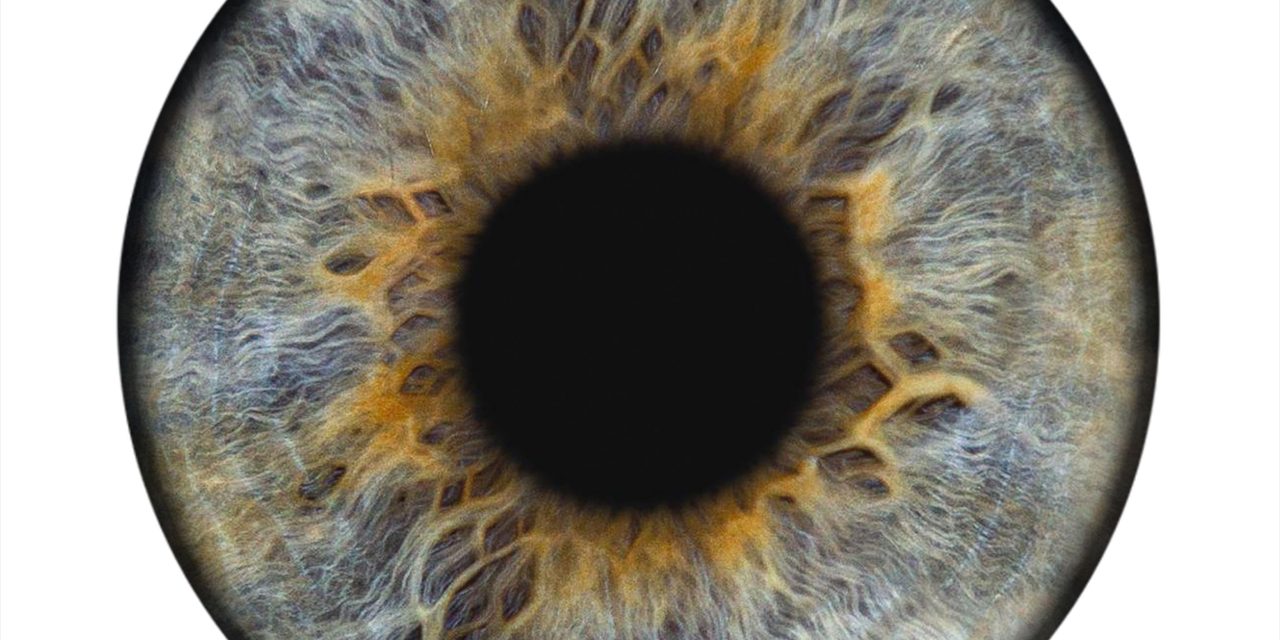This study sought to assess ocular surface disease changes following cataract surgery combined with trabecular micro-bypass stent(s) implantation (iStent or iStent inject).
This prospective interventional single-arm clinical trial enrolled 47 eyes with mild-to-moderate open-angle glaucoma (OAG) on 1-4 glaucoma medications who underwent phacoemulsification and trabecular micro-bypass stent(s) implantation. Key glaucoma and ocular surface data through 3 months postoperatively included the Ocular Surface Disease Index score (OSDI), corneal/conjunctival staining (Oxford Schema), fluorescein tear break-up time (FTBUT), conjunctival hyperemia (Efron Scale), glaucoma medications, and intraocular pressure (IOP).
Mean OSDI scores improved from 40.1 ± 21.6 (severe) preoperatively to 17.5 ± 15.3 (mild) at 3 months (p < 0.0001). While 73% of eyes had moderate or severe OSDI scores preoperatively, 29% had such scores at 3 months, and the OSDI score was normal in 57% of eyes versus 9% preoperatively. Mean FTBUT increased from 4.3 ± 2.4 s preoperatively to 6.4 ± 2.5 s at 3 months (p < 0.0001); mean Oxford corneal/conjunctival staining reduced from 1.4 ± 1.0 preoperatively to 0.4 ± 0.6 at 3 months (p < 0.0001); mean Efron conjunctival hyperemia score reduced from 1.4 ± 0.7 preoperatively to 1.2 ± 0.6 at 3 months (p = 0.118). The number of glaucoma medications decreased from 1.5 ± 0.9 to 0.6 ± 0.8 mean medications (60% reduction, p < 0.0001), with all eyes maintaining or reducing medications versus preoperatively and 55% of eyes becoming medication-free (versus 0% preoperatively). Mean IOP reduced from 17.4 ± 4.2 mmHg to 14.5 ± 3.2 mmHg (p < 0.0001). The safety profile was excellent.
Implantation of trabecular micro-bypass stent(s) (iStent or iStent inject) with cataract surgery produced significant improvements in ocular surface health, alongside significant reductions in IOP and medications.
ClinicalTrials.gov identifier, NCT04452279.
Prospective Interventional Cohort Study of Ocular Surface Disease Changes in Eyes After Trabecular Micro-Bypass Stent(s) Implantation (iStent or iStent inject) with Phacoemulsification.


